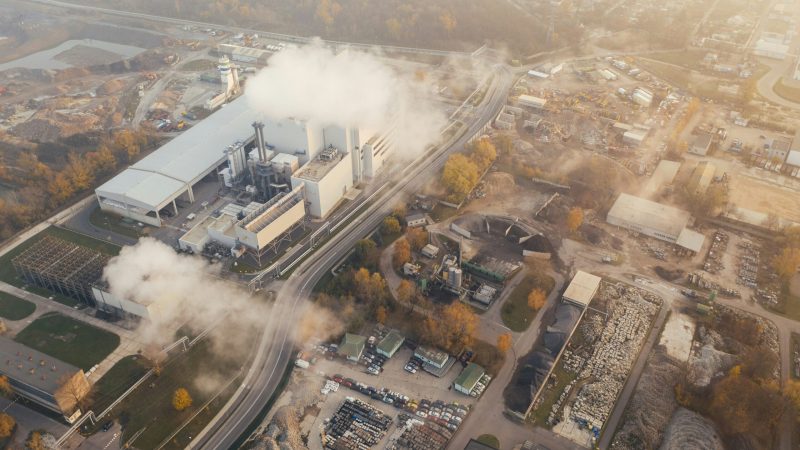As corporations set goals to decarbonize their operations, stakeholders are also looking to hold them accountable for accurately reporting progress. But accurately measuring a company’s environmental impact can be a complex task. One major challenge lies in capturing a complete picture: Scope 3 emissions.
These emissions occur throughout a company’s value chain, beyond its own facilities (Scope 1) and purchased energy (Scope 2). There are 15 different categories within Scope 3 emissions, which include upstream emissions and downstream emissions. While Scope 1 and 2 emissions are crucial to track, Scope 3 often represents the bigger picture. However, accurately measuring and addressing them can be a significant hurdle. In this post, we’ll discuss the challenges of measuring upstream Scope 3 emissions, which occur before receiving products or services.
Here’s why measuring upstream Scope 3 emissions can be challenging.
- Limited Supplier Data Availability. Obtaining accurate data from suppliers, especially those further upstream (Tier 2, Tier 3, etc.), can be difficult. Smaller businesses may not have robust emissions tracking in place. Or they may be hesitant to share sensitive information due to confidentiality concerns.
- Lack of Standardization. There’s no single, universally agreed-upon method for calculating emissions associated with purchased goods and services. Different reporting frameworks exist, and interpreting them can be complex, leading to inconsistencies across your supply chain.
- Transparency Challenge. Complex supply chains with multiple tiers can make it difficult to track the origin of materials and the associated emissions. This lack of transparency makes it harder to pinpoint areas for improvement.
- Stakeholder Support. Convincing suppliers to participate in data collection can be tough. They may not see the value or be concerned about the burden of providing the information.
- Cost and Time Constraints. Collecting and processing the vast amounts of data from across a complex value chain can be expensive and time-consuming, especially for smaller companies.
- Business Integration. Many companies lack systems to manage Scope 3 data, making it hard to track progress and integrate emission reduction into core operations.
So, how can we overcome these challenges?
- Prioritization and Targeting. Focus on the biggest emitters within your supply chain. Analyze spending data to identify key suppliers and prioritize requesting emissions data from them. This approach maximizes the impact of your efforts.
- Supplier Engagement Strategies. Develop a strong relationship with your key suppliers. Offer support and resources to help them improve their own emissions tracking capabilities. Highlight the benefits of transparency and collaboration on sustainability goals.
- Standardization Advocacy. Advocate for industry-wide adoption of standardized reporting frameworks, like the GHG Protocol. This promotes consistency and simplifies data collection across your supply chain.
- Data Collection Tools. Utilize technology platforms designed to streamline data collection from suppliers. These tools can automate requests, manage responses, and improve data accuracy.
- Estimation Methods. While not ideal, estimation methods can be used to fill data gaps while working to improve primary data collection. Industry averages or life cycle assessment databases can provide a starting point.
- Transparency Initiatives. Support initiatives that promote supply chain transparency. These initiatives can help map complex supply chains and identify areas for improvement in emissions tracking throughout the value chain.
- Incentivize Participation. Collaborate with industry bodies and governments to establish incentives for upstream suppliers to participate in emissions tracking and reporting programs
By implementing a combination of these solutions, companies can make significant progress in tackling the challenges of Scope 3 emission measurement. This will ultimately lead to a more comprehensive understanding of their environmental footprint and enable them to make informed decisions for a sustainable future.




